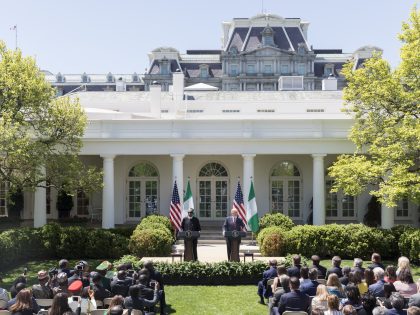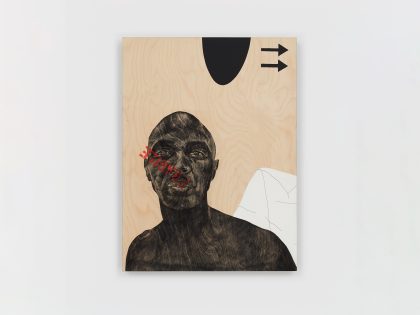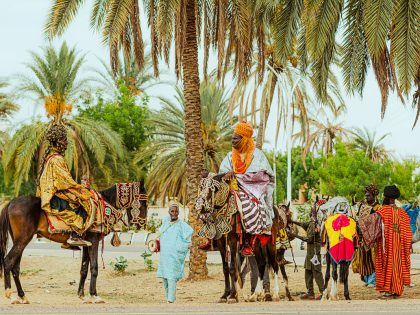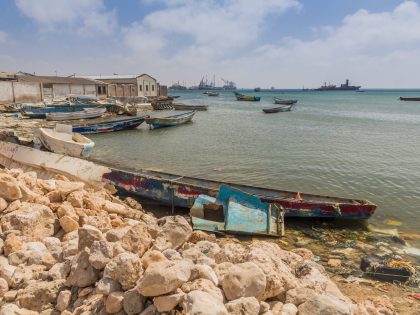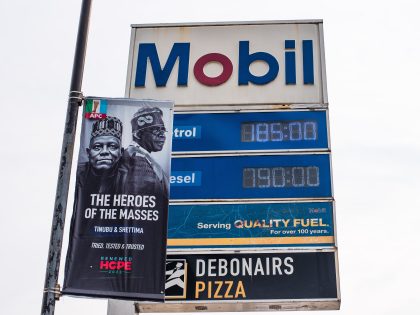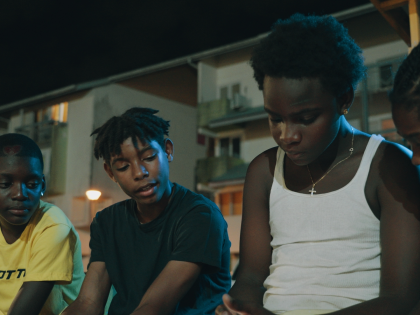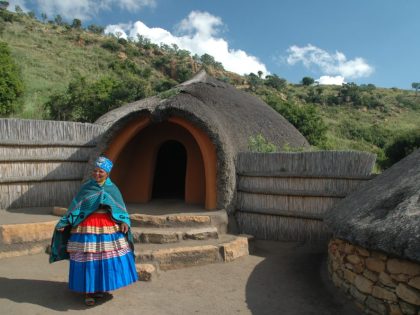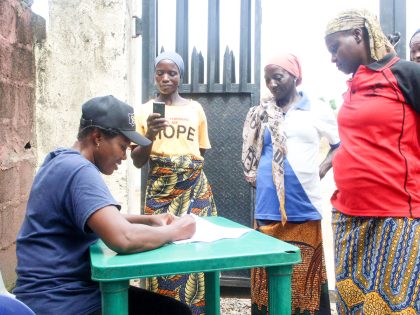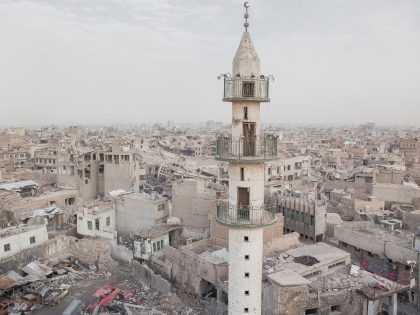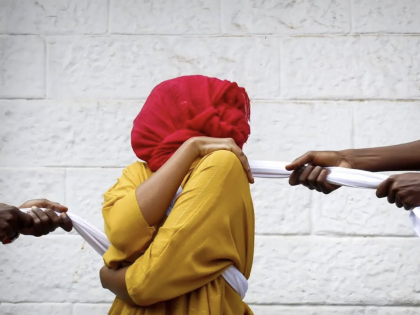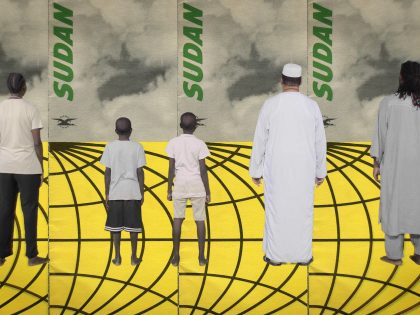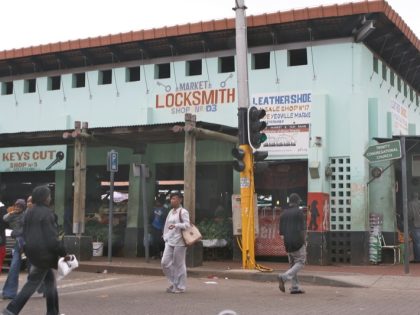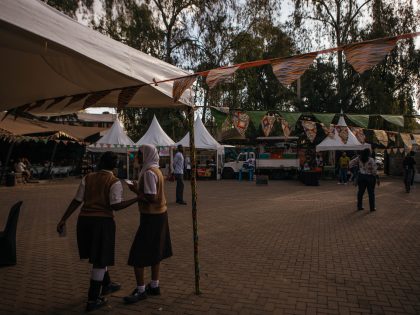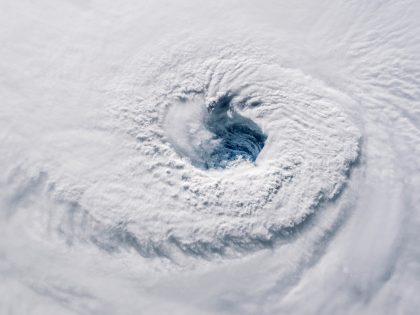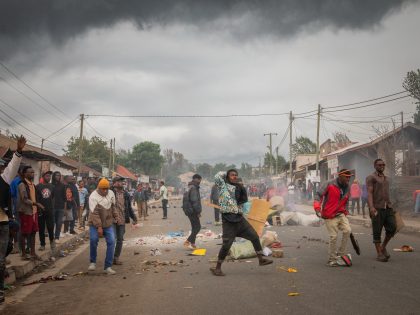The World According to Facebook

Facebook intern Paul Butler, who created the map, writes that he wanted to see “how geography and political borders affected where people lived relative to their friends.” He took about ten million friendships—that is, pairs of Facebook friends—and, using the locations provided by those friends, calculated the number of friendships between cities. By combining the data he got from Facebook with the coordinates of the cities on the globe, and plotting weighted lines between cities—the brighter a line, the more friends between those cities—he produced what he describes as a “surprisingly detailed” map of the world. And detailed it is, especially in the U.S. and Western Europe. But the map also shows the big gaps in Facebook’s global dominance: China, for example, is indistinguishable from deserts or oceans, as is much of Africa.
